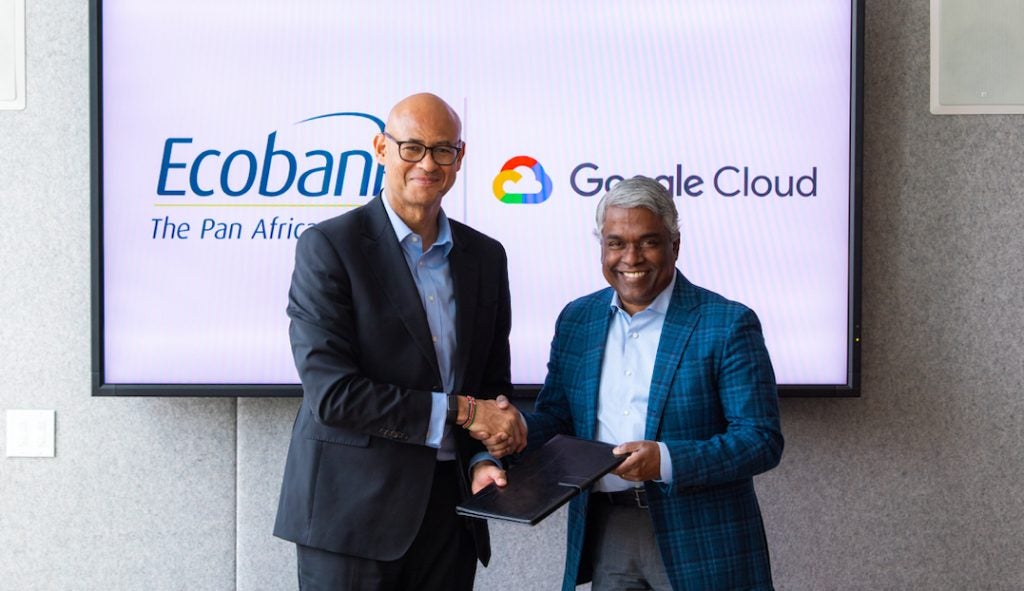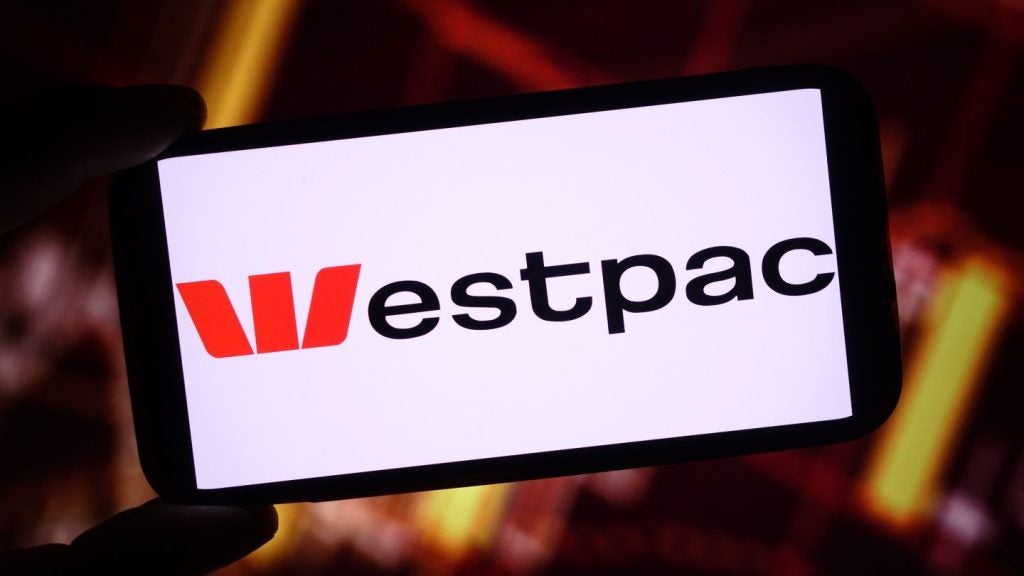Generation Z—or ‘Gen-Z’—demonstrates distinct attitudes to financial services. Born between the late 1990s and early 2010s, they are the newest cohort to reach financial maturity and hold significant economic influence. With an estimated spending power of $450bn worldwide, financial services cannot underestimate their impact on the industry.
As the first generation to grow up with digital technology, we are increasingly seeing Gen Z turn away from traditional banking systems and towards fintechs and neobanks to serve their financial needs more personally and efficiently. They have already shown themselves to be a force to be reckoned with, yet many in our industry need help to grapple with what Gen Z fundamentally wants from their service providers.
Understanding and adapting to a generation that has already made irreversible impacts on the financial landscape is vital if key players hope to hold their attention – and their money – in the years to come.
A market-disrupting, ‘digitally native’ generation
As a consumer base, Gen Z displays a distinct conduct in their approach to financial services.
It is a generation characterised by their financial astuteness and proficiency with digital technology. They have grown up in an era of rapid technological advancement, shaping their expectations for instant and seamless digital interactions. With an overwhelming 72% of the group saying they use a neobank app as their primary budgeting tool, they have truly embraced the digital frontier. Papara’s user base is 75% Gen-Z, accounting for 2 in 5 in Turkey.
Moreover, Gen Z is known for its strong social awareness, which often seeks out brands that align with its values and demonstrate corporate responsibility. They demand highly personalised experiences and expect financial service providers to cater to their individual needs with tailored products and services. We’ve seen this with 85% of our user base utilising at least two or more products or services from our product suite. Our scooter insurance product, which is the first of its kind in Turkey, and our SketchMyCard feature, where users can design their own Papara prepaid cards, are excellent examples of how we cater to personal needs and personalisation demands This insistence on customisation and ethical practices forces the industry to innovate and adapt to these evolving consumer preferences that have traditionally been ignored.

US Tariffs are shifting - will you react or anticipate?
Don’t let policy changes catch you off guard. Stay proactive with real-time data and expert analysis.
By GlobalDataChallenges in traditional banking
Traditional banking is often viewed as old-fashioned and digitally disconnected from younger users. Long-established administrative processes and the need to visit branches alienate this “mobile-only” generation.
The idiosyncrasies that have historically held our financial system back were revealed starkly during the pandemic. People have been required to go in-branch for decades and often bring formal documentation to set up a bank account. This presented problems for various groups, mainly expatriates, immigrants, and rural communities.
Once Covid hit, in-person banking became virtually impossible, and people looked to digital channels, which was when neo-banks experienced the most growth. Since then, more traditional providers have followed suit by giving their users more innovative and accessible options—which can only be a good thing.
However, as fintechs have consistently been ahead of the curve, it may be too late for traditional banking services to win back Gen Z’s affection.
Building an integrated community
We know that offering a digital service with integrated social features helps to create the sense of community Gen Z demands from its providers.
A wide-ranging financial product and service suite that users can customise to their individual needs appeals to Gen Z’s need for convenience and hyper-personalisation. In-app chat functions can also offer considerable contributions to building a digitalised community. With a chat feature, users can not only request and send money and share transactions with their contacts but also use their Neobanking app as a tool for connecting and conversation. This trend has become increasingly popular amongst Papara users, with approximately 2 million chat users.
For a generation that blurs the lines between their social and financial values, offering a product that integrates seamlessly with their lives is the most appealing infrastructure.
The benefits of community-led services
Community-led services lead to better customer engagement and loyalty, improving financial literacy amongst younger generations and fostering inclusion.
This approach allows consumers to experience tailored financial solutions that resonate with their values and needs, fostering a sense of belonging and trust with their bank. Moreover, such services can support ethical banking practices and social responsibility, aligning with Gen Z’s sustainability and social impact preference. This community focus can increase customer loyalty and create a more robust, supportive financial ecosystem.
Gen Z has shown itself to be unique in its financial needs and behaviours. For these ‘digitally native’ and socially conscious people, a community-driven approach is critical to targeting this generation and those that will follow.
Özge Çelik is Head of Product at Papara








